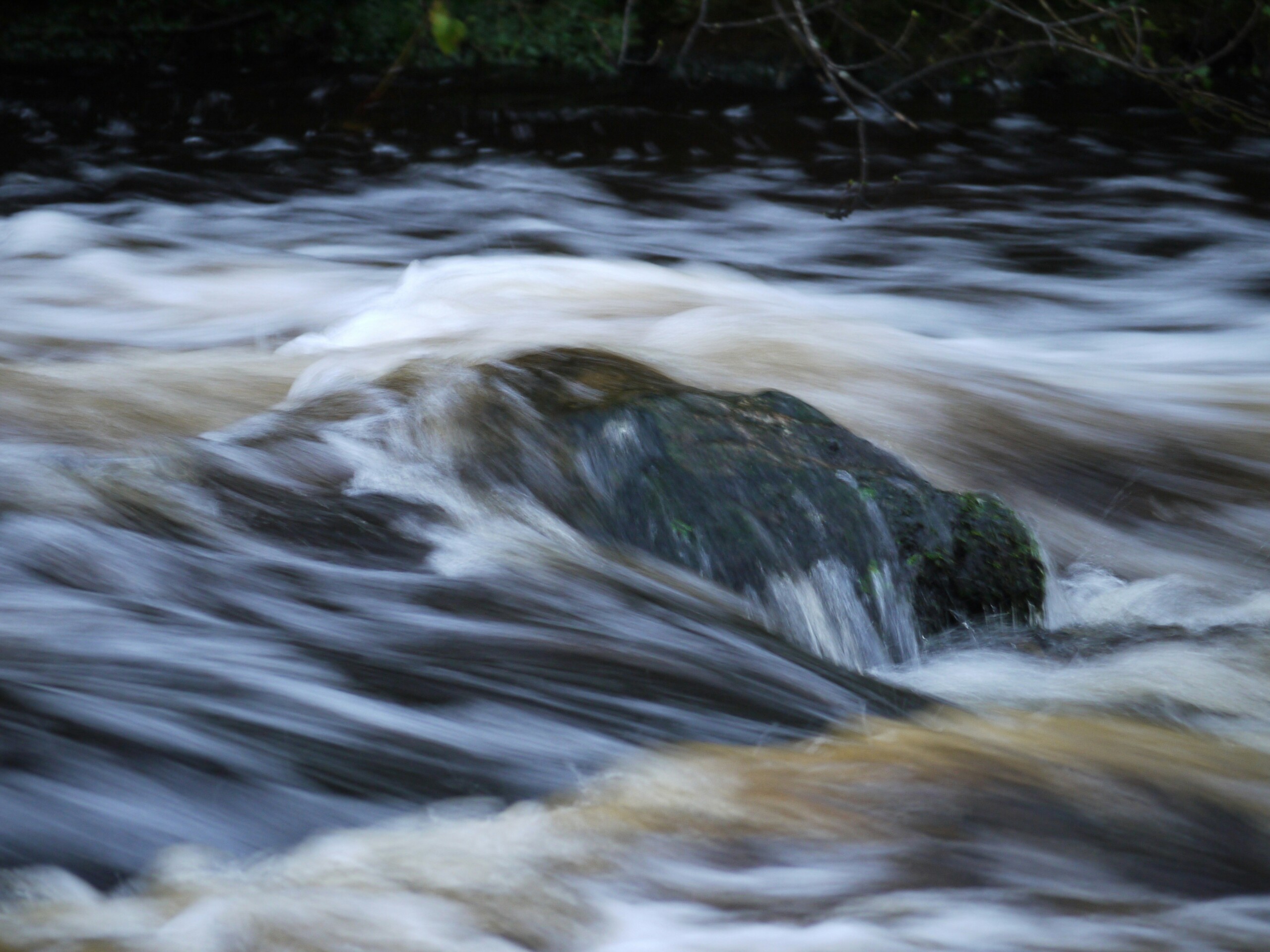FMC’s submission on International Visitor Levy changes proposal

International tourism is a principal national export industry. As the pressure on Aoteraoa New Zealand’s nature, conservation land and its infrastructure is increasing, we need to carefully consider how to use this industry, to protect the taonga, which drives it, so it can thrive in the future and not diminish. Therefore, FMC made a submission on the proposed changes to the International Visitor Levy.
“FMC has recently contributed advice and thoughts on the proposed changes to the International Visitor Levy. We advocate for a 105 NZD per person levy, which is a bit more than the highest suggested in the MBIE’s documentation. The amount could be even higher and the levy inflation-adjusted. We would also like to see DOC receive a proportion of the “tourism” allocation to support the Great Walks, other tourism infrastructure on the conservation estate, and the huts and tracks network, as well as nearly all of the conservation allocation,” says FMC president Megan Dimozantos.
Several points in the MBIE’s documentation were concerning. It seems there is no information available to evaluate the true cost of maintaining New Zealand’s biodiversity, the taonga that underpins our international visitor demand. The work on the national tourist carrying capacity is lacking; as well as no openness to any form of dynamic IVL pricing. There is no substantial information or reference to market analysis, that would validate MBIE’s concerns that higher levies deter visitors from visiting New Zealand.
The suggested distribution of funds gathered through IVL between tourism, conservation, and within conservation to DOC, is worrying. Not enough funds are allocated to DOC, which is managing the entire conservation estate, one-third of NZ landmass, as well as many tourism infrastructures.
FMC would like the IVL discussion to be considered comprehensively in the wider context of how best to live with international tourism as a principal export industry. With the recent epidemic’s effect on IVL, we would like to remind the MBIE and government that over-reliance on IVL is not a substitute or strategy for significantly lowering conservation and tourism funding from general taxation.
Photo: Roys Peak, one of the tourist hotspots, (c) Dotan Beck
Share This Story, Choose Your Platform!

Latest News
FMC opposes the Winstone Pulp International Limited resource consent application to enable the discharge of treated pulp mill wastewater, stormwater and a foam inhibitor to the Whangaehu River.
FMC is looking for the right candidate to appoint to the Maerewhenua Trust Board.
FMC is looking for the right candidate to appoint to the Federated Mountain Clubs Mountain & Forest Trust Board of Trustees.






